SERIES REVIEW – The new series Masters of the Air, available on Apple TV Plus, arrives as a sort of finale to the Band of Brothers trilogy, offering a truly unique experience for viewers fond of war series. This latest World War II drama focuses on the pilots of fighter planes and heavy bombers, initially emphasizing intense aerial combat in the first few episodes, later shifting to harrowing, dramatic events. The series recounts the story of the 100th Bombardment Group, guiding the viewer through the thick of wartime events with stunning visuals and deep human stories.
“Not exactly how we pictured it, right?” muses Major John ‘Bucky’ Egan (Callum Turner) to his friend, Major Gale ‘Buck’ Cleven (Austin Butler), amid the tumultuous stage of World War II in the drama Masters of the Air. Egan’s words reflect not only their own and their comrades’ forced grounding – the Nazis making it impossible for them to fly the B-17 bombers, at which they excel – but also shed light on the series’ reception.
World War II Shakespearean tragedy and lethal clashes thousands of meters up in the air
Egan’s remark is also true for viewers, as the series initially appears like two oddly shaped puzzle pieces that eventually fit perfectly together. The first half of Masters of the Air resembles a kind of World War II Shakespearean tragedy (filled with passion and suppressed anger, and of course, plenty of aerial action), until a narrative shift in the middle episodes, where the story truly finds its footing and offers an emotionally satisfying conclusion.
Masters of the Air, an adaptation of Donald L. Miller’s 2006 book of the same name, is crafted under the helm of Steven Spielberg, Tom Hanks, and Gary Goetzman (creators of Band of Brothers and The Pacific). The series chronicles the heroics of the 100th Bombardment Group, thus concluding the epic World War II trilogy.
Similar to its predecessors, the series is extensive, visually stunning, and ambitious. It presents an impressive spectacle as B-17 Flying Fortresses take off from a London airfield to perform bombing runs on German targets. The action scenes in the series are among the most spectacular in television history. Forget the dragons of Game of Thrones; the bombing missions of Masters of the Air are simply mind-blowing.
The bombing runs initially start in an eerily quiet manner, then gradually build up to a terrible cacophony as American pilots battle anti-aircraft artillery and enemy fighter planes to complete their missions against submarine bases, factories, and other military targets. The pilots depicted on screen must overcome their fear while navigating these cumbersome, often barely functioning, patched-up behemoths thousands of meters up in the air, amidst enemy anti-aircraft fire and German Messerschmitt fighters.
Fiction and Reality
In October 1943, the 100th Bombardment Group sent a squadron of planes towards Germany. The only returning aircraft was led by Robert ‘Rosie’ Rosenthal (Nate Mann), who managed to get back to England despite losing two engines, internal communication, and oxygen supply systems. This event was a real-life tragedy, where 120 American lives were lost, and its reinterpretation allows viewers to feel the weight of sacrifice made by those involved in the war.
The authenticity of Masters of the Air is enhanced by numerous historical details. For example, few knew that the Norden Bombsight was one of the most secretive projects the Allies worked on. The American’s perilous daytime bombing strategy was also a mystery, and even why pilots wore the famous bomber jackets. All these details contribute to the series’ authenticity.
At this moment, you probably don’t understand why Masters of the Air didn’t receive an outstandingly high score. And this is partly justifiable, as the first half of Masters of the Air is filled with incredibly spectacular and exciting aerial battles. The deadly, lethal risk is almost palpable, and the visual depiction of the air battles (especially on a large 4K TV) is unmatched. However, the series’ narrative initially follows an old-fashioned style and is painfully slow in a ‘slow burning’ manner.
This is partly because the friendship between the two young titan pilots and officers, Bucky Egan and Buck Cleven, isn’t well-developed in the first few episodes, as their backstory is not sufficiently explored. The two handsome main actors, looking dashing in their uniforms, are supposed to be friends based on a black-and-white photo from the 1940s, but viewers don’t get enough information about their brotherly bond to make it seem genuine. Unlike Band of Brothers and The Pacific, Masters of the Air doesn’t offer an opportunity to show the bonds formed before the war or during training. Thus, when the series starts, it feels as though you’re watching an ongoing season already in progress.
“Do you feel anything?” Major Egan asks Lieutenant Curtis Biddick (Barry Keoghan) after a mission goes awry. Egan, the air force’s executor, has lost many pilots and drowns his sorrows in alcohol. This should be a moment that shakes the viewers due to the tragedy of the numerous casualties. However, since the relationships between the characters, especially the bonds between the main characters, were not adequately introduced in the beginning, this moment isn’t as heart-wrenching. When an important character dies in a later episode, it also lacks significant emotional impact.
A New Direction in the Middle of the Series
Fortunately, Masters of the Air takes a new direction in the middle of the season. Rosie’s character becomes more central, the story of the navigator and series narrator, Harry Crosby (Anthony Boyle), unfolds beautifully, the introduction of three Tuskegee pilots has a significant impact (a scene with Josiah Cross as Captain Richard Macon is tear-jerking), and the always brilliant Bel Powley brings the necessary energy and humor to the series.
But the second half of Masters of the Air also rivets us to the screen in other ways. The prisoner of war storyline makes the plot even more tragic and thrilling, intensifying our concern for the characters, and the friendship (initially a bit childishly based on similar nicknames) between Buck and Bucky becomes a stronger narrative element.
Although the series unfolds slowly, so if you’ve only seen the first two episodes, you might not be initially impressed by it – even despite the incredibly spectacular aerial battles. But stick with it! The series picks up, and if you’re receptive to dramatic war stories, by the second half, you’ll wish it never ended.
-Gergely Herpai (BadSector)-
Masters of the Air
Direction - 8.4
Actors - 7.6
Story - 8.2
Visuals/Music/Sounds/Action - 9.2
Ambience - 8.2
8.3
EXCELLENT
The series Masters of the Air, set during World War II, tells the story of the 100th Bombardment Group. Initially, it starts with impressive aerial battles, then digs deeper into the layers of the story, showcasing the lives of the pilots and the war's victims. The visuals and action are stunning, but the story's beginning is somewhat slow, yet the relationships between characters and the unfolding drama make the plot much more exciting and engaging in the series' second half.

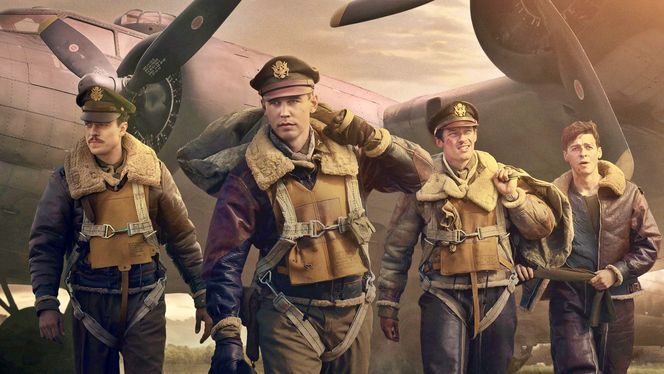
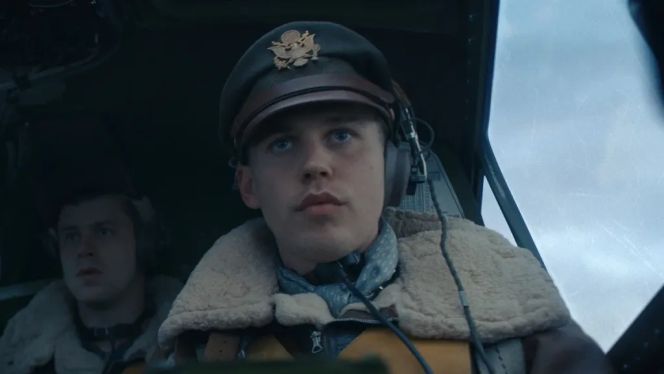
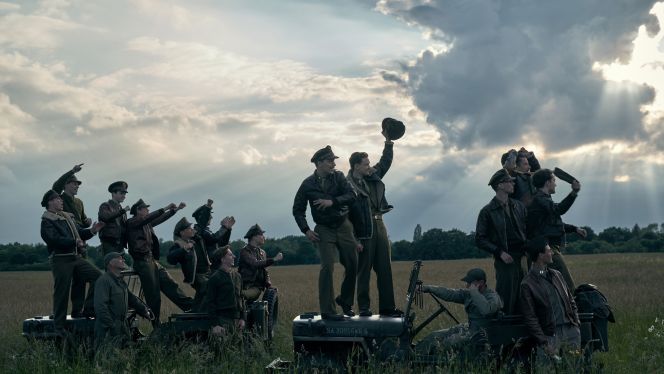
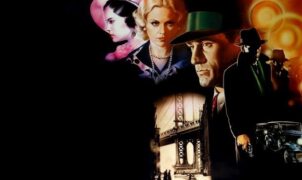
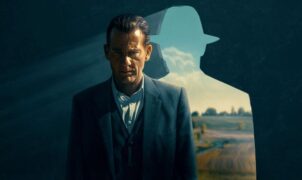



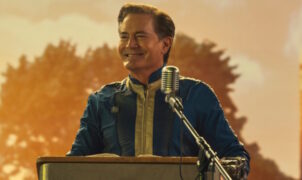


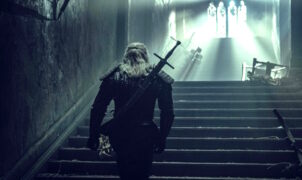

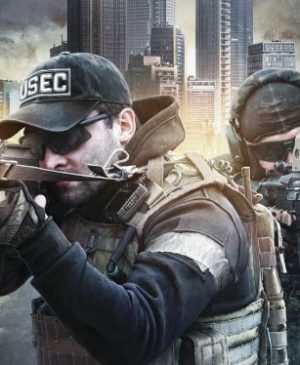


Leave a Reply